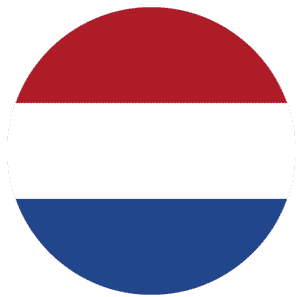By Mita Gupta, Board Advisor at Mintec
Who is responsible for or owns supply chain risk in your organization?
In a recent interview, I was asked this question in which the host, Jon Hansen, referred to his research indicating that most procurement leaders are not responsible for managing risk in their organization. However, he added that when a problem occurs, it invariably lands on the doorstep of procurement to fix.
This "doorstep landing" is perhaps not a surprising revelation, particularly when considering the following key findings from a pre-Covid Bomgar survey:
- On average, Companies allow 89 vendors to access their networks weekly.
- 74% believe that third-party vendor selection overlooks potential key risks, with 64% saying that their organization focuses more on cost than security when outsourcing.
Now, vendor access and the supplier selection process typically resides within an organization’s procurement team. However, depending on the view of the procurement function within your organization, it is not just a matter of who ultimately owns the vendor relationship and is responsible for achieving cost savings objectives, but at what point that ownership occurs.
I share my thoughts in today's article about the question of ultimate ownership and other similar examples of how risk (and resiliency) is only a problem for procurement once it becomes a problem and why and how this needs to change.
Understanding the Broader Supply Chain
When a supply chain issue arises, how do you solve it – you typically have to call a third-party supplier, which the relationship, in most cases, sits with procurement.
Yet, managing the supply chain and the corresponding risks extend well beyond the procurement organization. Today's supply chain involves many different "individual, yet connected" functions within an extended enterprise, involving many different stakeholders.
Within the framework of these extended and shared responsibilities, it is essential to identify, engage, and inform the right people to optimize communication and connectivity in both the setup and ongoing management of a supply network. For example, let's consider the selection and location of manufacturing facilities.
Do we continue to rely on low-cost country sources such as China, or do we repatriate the manufacturing to near-shore or domestic locations? If we have learned anything from the pandemic, it is the inherent risk of keeping all or most of your proverbial eggs in a single source basket.
The real question here is at which stage of the process does an organization engage with procurement? Is the manufacturing location decision made without consulting procurement and only involving them later when it is time to set up the supply network?
The answer to this question usually depends on whether procurement is viewed as a functional adjunct or a strategic partner. If it is the former, then engagement only begins after the fact. However, if the procurement department has a strategic role within the extended enterprise, it is crucial to involve them in the process as early as possible.
Many procurement professionals have traditionally referred to this as "having a seat at the table." Regardless of what it is ultimately called, it is the only viable way to ensure a timely and effective response and optimize resiliency in any situation or crisis.
A Chain Link or Dynamic Network?
In my previous article on inflation/shrinkflation, I wrote that "supply chain resiliency today is not about responding effectively to the last crisis." Instead, resiliency means we "have the ability to recognize and adapt to the unknown circumstances (risks) of doing business in a complex, global environment in the future - when it occurs."
When it comes to risk and resiliency management, we must ultimately transform our linear thinking in which organizations often view the supply "chain" as being only as strong as its weakest, single link.
Instead, we must view it as a dynamic supply "network" in which all stakeholders fully leverage connectivity (technology) to enable multiple "strategic partner" collaboration (policy & practice) on a more efficient and effective basis.
Going back to the question posed earlier, does your organization view the procurement team as a strategic partner necessitating their early involvement or a functional afterthought?
Next Up: Part #4 - Job Security and the Talent Wars
Upcoming Webinar - The Big Seven in 2023 for Procurement

.png?width=145&height=54&name=Mintec_Logo_Small_Use_Mono_RGB%20(2).png)















